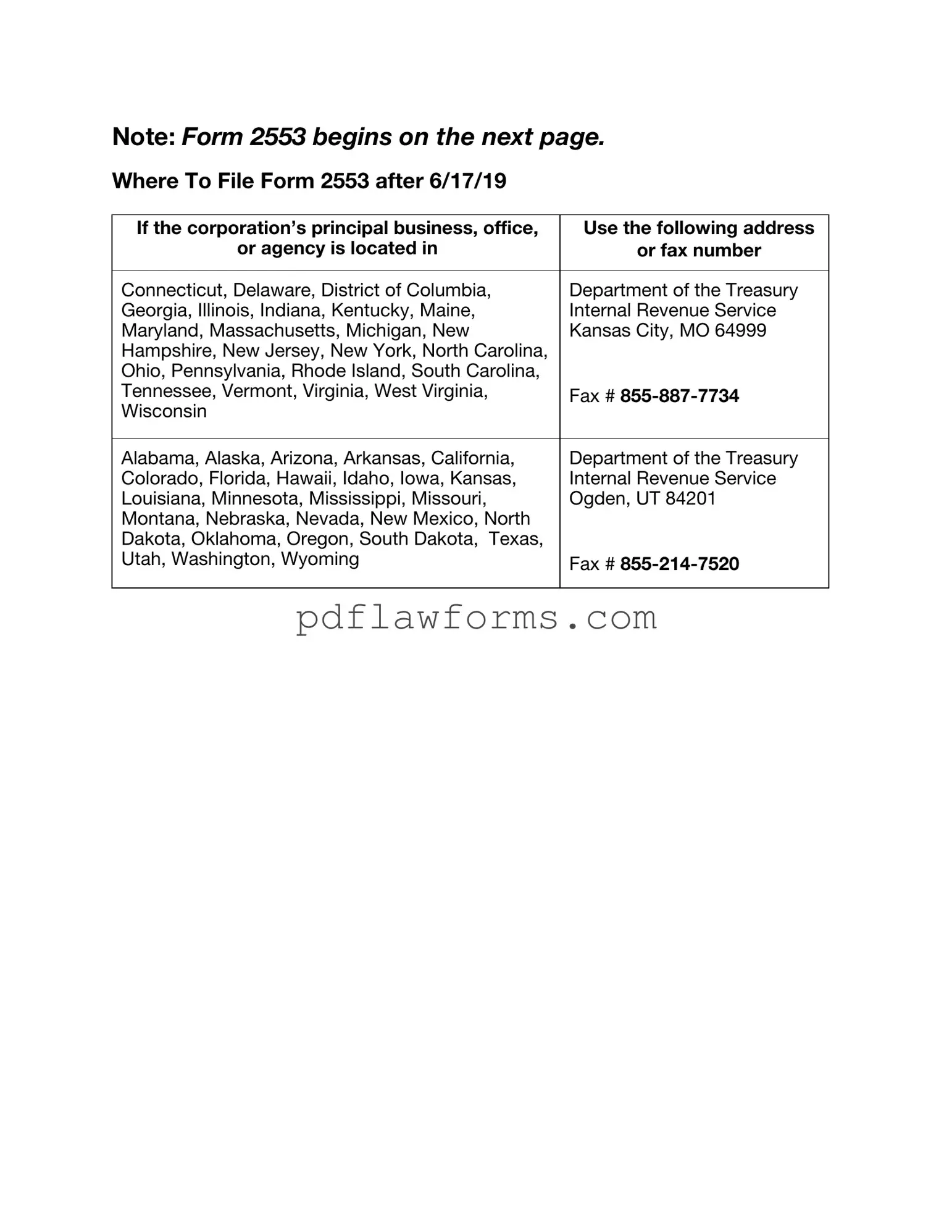Filing the IRS Form 2553, which is essential for electing S Corporation status, can be a straightforward process. However, many individuals encounter pitfalls that can lead to delays or even rejection of their application. Understanding these common mistakes can help ensure a smoother filing experience.
One frequent error is failing to meet the timely filing requirement. The IRS requires that Form 2553 be submitted within 75 days of the beginning of the tax year for which the S Corporation election is intended. Missing this deadline can mean that the election will not take effect until the following year, which can have significant tax implications.
Another common mistake involves incorrect information regarding the business name or address. It is crucial to ensure that the name on the form matches exactly with what is registered with the state. Any discrepancies can lead to confusion and may result in the IRS not processing the election as intended.
Many individuals also neglect to include all shareholders when filling out the form. Every shareholder must sign the form, indicating their consent to the S Corporation election. Omitting a shareholder's signature can lead to complications and may invalidate the election altogether.
Inaccurate or incomplete information about the business structure can cause issues as well. For example, if the form does not clearly indicate the type of entity or the number of shareholders, the IRS may require additional information, delaying the process. It is essential to double-check all entries for accuracy.
Furthermore, some filers overlook the requirement to provide the correct tax year. If the business operates on a fiscal year rather than a calendar year, this must be clearly stated. Misunderstanding or misrepresenting the tax year can result in the IRS rejecting the application.
Another mistake involves not understanding the implications of the S Corporation election. Some individuals may rush into this decision without fully grasping how it affects their tax situation. It is advisable to consult with a tax professional to ensure that electing S Corporation status aligns with the business's financial goals.
Lastly, failing to follow up after submission can lead to missed communications from the IRS. Once the form is filed, it is wise to monitor the status of the application. If there are any issues or additional information required, being proactive can help resolve matters swiftly.
